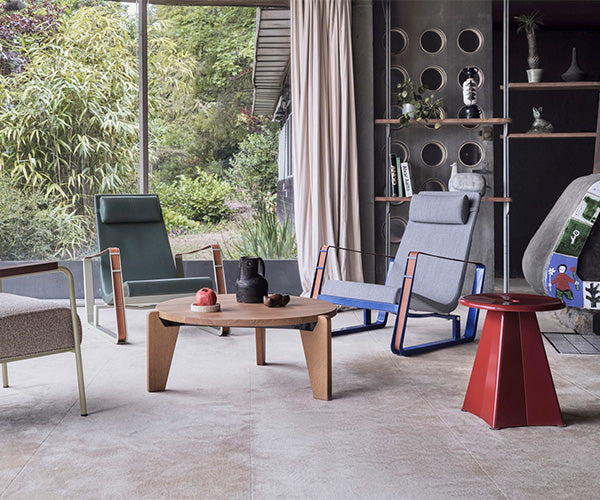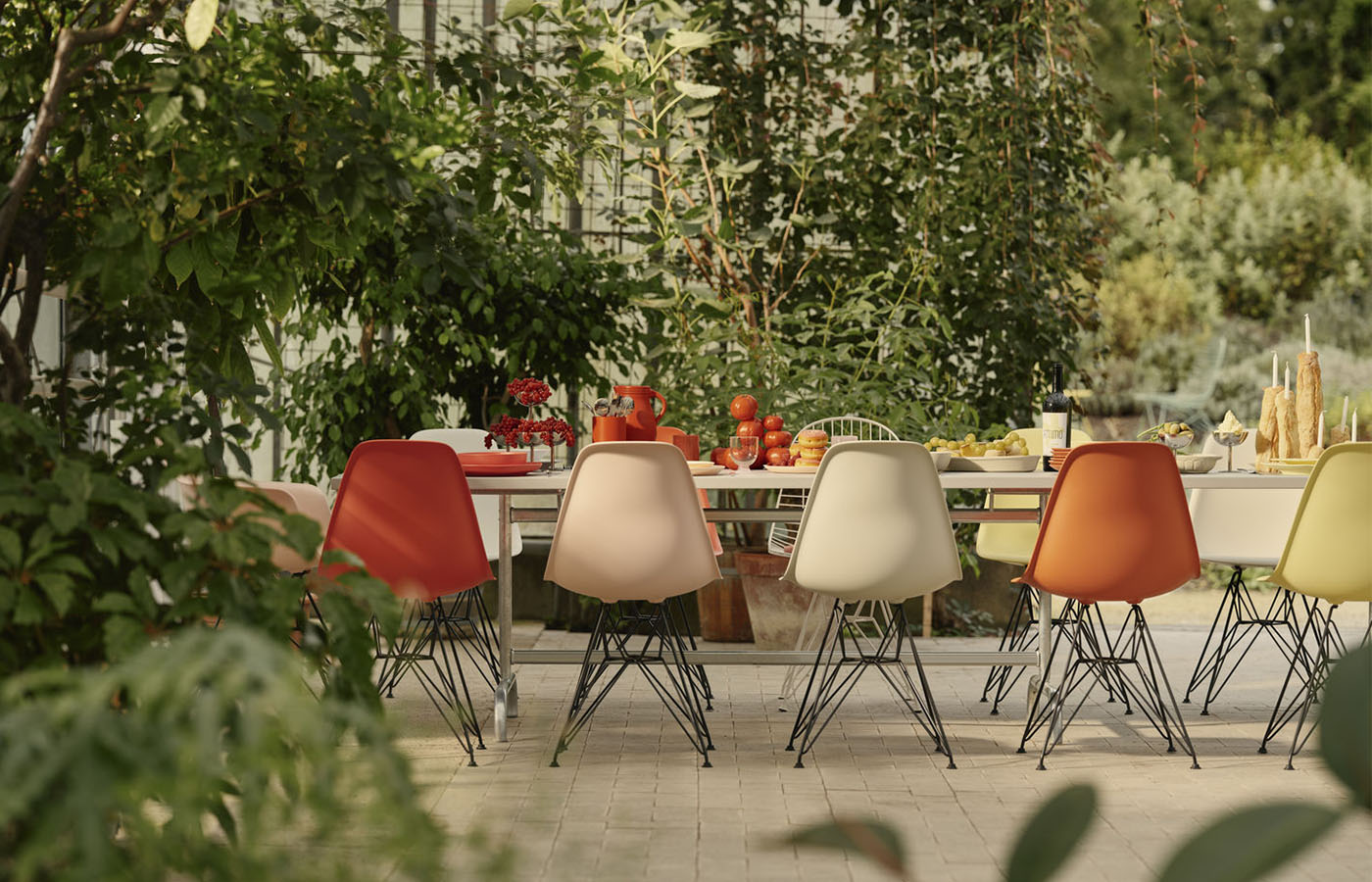wishbone chair
Often called the Y Chair, thanks to its distinctive Y-shaped backrest that offers exceptional comfort and support, this timeless piece now graces homes, restaurants, and hotels around the globe.
Each wishbone chair requires over 100 individual steps to produce, with the majority performed by hand. Crafting the hand-woven seat alone takes a skilled artisan around an hour, using roughly 120 meters of paper cord, renowned for its exceptional strength and durability. This contributes to the chair’s lasting stability and resilience. Combining comfort with elegance, the wishbone chair fulfills both practical needs and aesthetic aspirations through its distinctive and refined design.
whats the history of the wishbone chair?
Did you know that the iconic CH24 Wishbone Chair, a hallmark of mid-century Danish design, was actually inspired by the minimalist elegance of China’s Ming Dynasty? Let’s travel back to 1947 to uncover its origins.
In 1947, as the world was still recovering from the aftermath of World War II, a young and relatively unknown Danish designer named Hans Wegner made his debut at the Copenhagen Cabinetmakers’ Guild Exhibition.
“The chair is the piece of furniture that is closest to human beings. You can give it the personal touch.” — Hans J. Wegner
Wegner’s bold, minimalist design stood out and it didn’t go unnoticed. The Carl Hansen family, eager to move into furniture manufacturing, saw something special in his work. They took a leap of faith and began producing five of his designs. That bold move marked the beginning of a design legacy.

the design
Hans Wegner drew inspiration for the Wishbone Chair from the elegance of China’s Ming Dynasty. Specifically, the design echoes classical portraits of Danish merchants seated in traditional Ming chairs.
Ming-style furniture was heavily influenced by Taoist and Confucian philosophy, which emphasized harmony, balance, and symbolism. This influence gave rise to flowing, uninterrupted lines in furniture design most notably in the curved arms and backrests. A concept known in China as yuanhun, meaning “roundness,” these soft curves symbolized power and good fortune.Also known as the ‘Y Chair’ for its distinctive Y-shaped back, the Wishbone Chair pays tribute to this heritage while offering something entirely new.
Although European designers like Kaare Klint, considered the grandfather of Danish Modernism had previously emulated Ming design, Wegner’s approach was unique. He fused the graceful aesthetic of Ming tradition with Scandinavian simplicity, a style often described as “organic functionality.” The result was a chair that was both timeless and unmistakably modern.
Each Wishbone Chair has almost 400 feet of paper cord woven into its seat and there are over a hundred steps in the manufacturing process. Believed to have a lifecycle of around fifty years, the geometric seat is hand-waxed and can be woven by a Master Weaver within an hour.
how is it made?

The iconic wishbone-shaped backrest is carved from a single piece of wood, showcasing expert craftsmanship. The frame is assembled using traditional mortice and tenon joints, which are both strong and discreet, preserving the chair’s clean, elegant design. These joints are glued and reinforced for added durability.
Once the frame is complete, the seat is hand-woven in a distinctive eight-step pattern. This intricate process requires skill and patience, ensuring a tight, supportive, and comfortable finish. The entire chair is then carefully sanded to a smooth surface and treated with natural oils or lacquer, enhancing the wood grain while protecting it from wear.
Combining time-honored woodworking techniques with meticulous handcrafting, the Wishbone Chair is a timeless design that balances beauty and functionality.

who was Hans J Wegner?
Wegner was a leading figure in the Golden Age of Danish Modernism. Known for his precision, deep respect for materials, and uncompromising craftsmanship, he brought a unique blend of minimalist aesthetics and organic form to his work. His background as a trained cabinetmaker gave him an intimate understanding of wood and joinery, which shaped his philosophy: to reveal the “inner soul” of furniture through simple, functional design.
Born in Tønder, Denmark, Wegner began cabinetmaker training at age 14 and later studied at the Copenhagen School of Arts and Crafts. He made his design debut in 1938 and went on to collaborate with renowned architects like Arne Jacobsen. In 1943, he founded his own studio and soon began a long-standing partnership with Carl Hansen & Søn, producing a legendary series of chairs including the Wishbone that would cement his legacy.
Wegner’s designs remain highly sought after, with many still in production today. Over his career, he earned numerous awards, including the Lunning Prize, Milan Triennale Grand Prix, and the Prince Eugen Medal. His work continues to define Danish design and influence generations of designers worldwide.
what are the choices?
wood
This is the natural wood wishbone chair, with either a laquer, soap or oil finish.
See the full wood range.

colours
This version has a beech frame, painted in a range of colours. The beech frame gives it a smooth finish so no wood grain can be seen. In addition to various painted finishes the Wishbone also comes with either a black or natural paper cord seat.
See the Ilse Crawford soft colours range.
See the coloured wishbone range here.


real or fake?
Buying an original Wishbone Chair by Hans J. Wegner, produced exclusively by Carl Hansen & Søn, offers lasting value, exceptional craftsmanship, and timeless design integrity. Each chair is handcrafted in Denmark using high-quality, sustainable hardwoods and features a meticulously hand-woven paper cord seat made from 120 meters of durable natural fiber. The elegant, seamless joinery and iconic Y-shaped backrest reflect Wegner’s original vision and ensure both aesthetic beauty and structural integrity. An authentic Wishbone Chair is not just furniture—it’s a functional piece of design history, often marked with a stamped label and serial number for authenticity. Unlike imitations, which frequently cut corners in materials and construction, the original promises longevity, comfort, and a collectible value that holds strong over time.
FAQS
wishbone chair
What makes the Wishbone chair a design icon?
The Wishbone Chair is celebrated for its sculptural silhouette, hand-woven paper cord seat, and refined Danish craftsmanship. Designed by Hans J. Wegner in 1949, it balances comfort, simplicity, and organic form, making it a timeless piece for modern interiors.
How long does the Wishbone chair seat last?
Each seat is woven from durable, FSC-certified paper cord and is designed to last around 50 years with everyday use. It naturally molds to the sitter over time while remaining strong and supportive.
What wood options are available for the Wishbone chair?
The Wishbone Chair is crafted in a range of solid woods including oak, walnut, beech, and ash. Each wood type develops a unique patina, allowing the chair to age beautifully and suit a variety of interior styles.
Is the Wishbone chair comfortable for long periods of sitting?
Yes the hand-woven seat offers natural flexibility and support, while the curved backrest and arm structure are designed to follow the body’s shape. The result is a chair that remains comfortable for both dining and relaxed seating.
Why is the Wishbone chair handmade?
Each Wishbone Chair requires over 100 individual production steps, many completed by hand. The craftsmanship ensures precision, longevity, and the organic warmth that defines authentic Scandinavian design.
Can the Wishbone chair be used as a dining chair?
Absolutely. Its lightweight frame, supportive backrest, and comfortable seat make it ideal for everyday dining. Its slim profile also suits both small and larger dining spaces.
How do I care for a Wishbone chair?
Regular dusting and gentle cleaning with a damp cloth will maintain the wood. The paper cord does not require special treatments simply vacuum occasionally and avoid heavy spills. With proper care, the chair will look beautiful for decades.
Is the Wishbone chair sustainable?
Yes. Made from responsibly sourced wood and biodegradable paper cord, the chair reflects Wegner’s commitment to long-lasting, honest materials. Its durability ensures a lifetime of use, reducing the need for replacements.
Are authentic Wishbone chairs worth the investment?
Authentic Wishbone Chairs hold their value due to their craftsmanship, material quality, and enduring popularity. They are considered long-term design investments that elevate both contemporary and classic interiors.
How can I tell if a Wishbone chair is authentic?
An official Wishbone Chair is produced exclusively by Carl Hansen & Søn and includes a branded maker’s mark as well as impeccable craftsmanship. Purchasing from trusted retailers, like us, Cimmermann, ensures authenticity.








